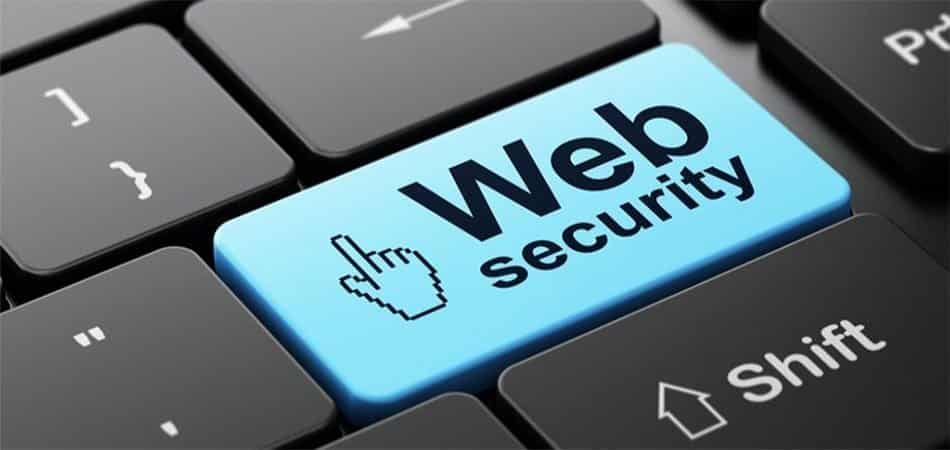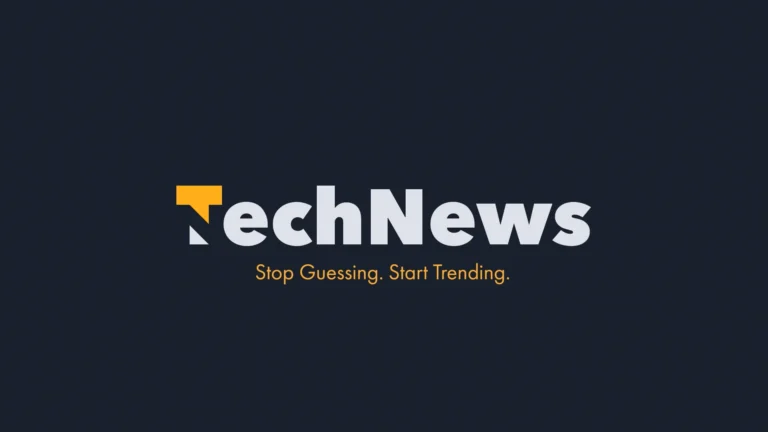The Ultimate Guide to Website Security: Protecting Your Digital Presence
Introduction In today’s digital age, websites are more than just online brochures—they are critical business assets. Whether you’re running a blog, an e-commerce store, or a corporate website, security should be one of your top priorities. A single breach can damage your reputation, lead to financial loss, and compromise user data. This comprehensive guide will walk you through the importance of website security, common threats, and best practices to keep your site safe.
1. Why Website Security Matters
A secure website builds trust with users, ranks higher in search engines, and ensures business continuity. Here are a few key reasons why you need to prioritize security:
- Protection from Hackers: Cyberattacks are becoming more frequent and sophisticated.
- Data Protection: If your site handles personal or financial data, you’re legally and ethically responsible for its protection.
- SEO & Reputation: Google penalizes insecure websites, and customers avoid sites marked as “Not Secure.”
- Business Continuity: Downtime due to attacks can lead to lost revenue and productivity.
2. Common Website Threats
Understanding the threats is the first step to preventing them. Here are some of the most common website security threats:
- Malware: Malicious software can steal data, redirect visitors, or spread to site users.
- SQL Injections: Attackers exploit weak databases to gain unauthorized access to data.
- Cross-Site Scripting (XSS): Malicious scripts are injected into web pages viewed by users.
- DDoS Attacks: Overwhelm your server with traffic, causing your site to crash.
- Brute Force Attacks: Automated bots try thousands of password combinations to gain access.
3. Secure Hosting Environment
Choosing the right web hosting provider is crucial. Look for providers that offer:
- Regular backups
- Firewall protection
- SSL certificates
- 24/7 monitoring and support
Consider using managed WordPress hosting if you’re running a WordPress site, as these services often come with enhanced security features.
4. Implementing HTTPS and SSL
An SSL (Secure Socket Layer) certificate encrypts data between your users and your server. It ensures:
- Secure data transfer
- Trust signals (padlock icon)
- Improved SEO rankings
Make sure every page on your site is served over HTTPS.
5. Regular Updates and Maintenance
Outdated software is a major vulnerability. Keep the following components updated:
- Content Management System (e.g., WordPress)
- Plugins and themes
- Server software
Set up automatic updates when possible, and routinely audit your site for outdated code.
6. Strong Authentication Practices
Login credentials are often the weakest link. Improve authentication by:
- Using strong, unique passwords
- Enabling two-factor authentication (2FA)
- Limiting login attempts
Avoid using “admin” as a username and create complex passwords that mix letters, numbers, and symbols.
7. Firewall and Security Plugins
Web Application Firewalls (WAF) filter out malicious traffic. For WordPress users, popular plugins include:
- Wordfence Security
- Sucuri Security
- iThemes Security
These tools monitor activity, block suspicious users, and scan for malware.
8. Regular Backups
Backups won’t prevent a breach, but they allow you to recover quickly. Best practices:
- Automate backups
- Store them offsite or in the cloud
- Test your backup restoration process regularly
9. User Access Control
Not everyone needs full admin rights. Apply the principle of least privilege:
- Assign roles based on necessity
- Monitor user activity
- Revoke access when no longer needed
10. Secure File Uploads and Forms
User-generated content can be exploited. Protect your upload forms by:
- Limiting file types and sizes
- Scanning uploads for malware
- Storing uploads outside of the web root
11. Monitor Your Website
Constant monitoring helps catch problems early. Use tools like:
- Google Search Console (for warnings and indexing issues)
- Uptime Robot or Pingdom (for downtime alerts)
- Security plugins that offer real-time alerts
12. Educate Your Team
Human error is a major security risk. Train your team on:
- Recognizing phishing emails
- Following secure login practices
- Avoiding suspicious links and downloads
13. Legal Compliance
Ensure your website complies with regulations such as:
- GDPR (General Data Protection Regulation)
- CCPA (California Consumer Privacy Act)
- PCI-DSS (for sites processing payments)
These rules often require you to implement security measures and disclose your data practices.
14. Security Audits and Penetration Testing
Conduct periodic security audits to identify weaknesses. Hire professionals to perform penetration testing to:
- Simulate real-world attacks
- Discover vulnerabilities
- Test your defenses
15. Response Plan for Breaches
Prepare for the worst with a response plan. It should include:
- Immediate containment steps
- Notification procedures (users, authorities)
- Recovery and analysis
Having a clear action plan can drastically reduce the impact of a breach.
Conclusion
Website security isn’t a one-time task—it’s an ongoing commitment. With cyber threats on the rise, taking proactive steps to secure your site is essential. From strong passwords to secure hosting and regular backups, each element plays a crucial role. By following these best practices, you not only protect your site but also build trust with your users and ensure long-term success.
Stay safe, stay secure, and don’t wait until it’s too late.
Need Help Securing Your Website? Contact us at www.asadqi.com or contact@asadqi.com for a free security audit or to learn how we can help you build a safer, stronger online presence.






